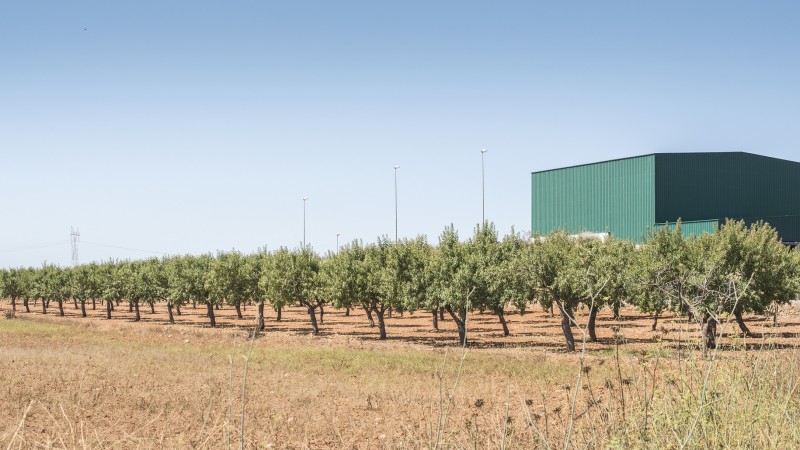Almonds: growers calculate higher costs
April 5, 2022 at 4:46 PM ,
Der AUDITOR

Losses especially in the Sacramento Valley
During this time, growers were busy getting an overview of the damage caused by the frost. According to the experts at Blue Diamond Almonds, as things stand, the greatest loss was seen in the Sacramento Valley, whose flowering, in contrast to other areas, was already further advanced at the time of the frost, which made the trees more sensitive to the cold temperatures. In regions with late bloomers and a delayed start to flowering, the trees were better equipped to withstand the frost.
Due to significant price increases for fuel, fertilisers and pesticides, growers are bracing themselves for much higher production costs this year, and in some cases certain resources are no longer available at all - no matter what the price. Water scarcity is also a major issue this year; in some regions, the state water allocation has been cancelled, so almond growers have to look for alternative methods of obtaining water.
In all regions, the fruit set is forming, while unfertilised sheaths, supported by strong winds, are falling from the trees. In order to protect the young nuts from pests, the plantations are being examined particularly closely this year, as there were some losses last year due to insect infestation.
US prices pick up again
In the European spot market, prices for US almonds have increased by EUR 0.05-0.15/kg compared to last week, depending on the variety. California, SSR, 23/25, natural are currently at a level of EUR 4.80/kg FCA Spain. At the same time, offers for Spanish Valencias, 12/14 mm, natural are unchanged at EUR 4.35/kg FCA Spain.
|
Almonds |
|
|
Type |
EUR/kg |
|
Valencia, 12/14 mm, natural, Spain |
4.35 |
|
Valencia, +14 mm, natural, Spain |
4.50 |
|
California, SSR, 23/25, natural, USA |
4.80 |
|
California, SSR, 23/25, blanched, USA |
5.50 |
|
FCA Spain |
|
EU imports have increased
The EU imported a total of 295,777 mt of shelled almonds from third countries in 2021, led of course by the USA with a whopping 279,522 mt (+8.4% yoy). Other suppliers with a much smaller share were Australia, Chile and Uzbekistan. Within the EU, Spain is by far the most important almond exporter; last year the country supplied 73,435 mt (+10% yoy) of shelled almonds to other EU countries. The total trade volume within the EU was 144,000 mt.
|
EU almond* imports, in mt |
|||
|
Supplier |
2020 |
2021 |
Diff. |
|
USA |
257,954 |
279,522 |
8.4% |
|
Australia |
14,268 |
13,693 |
-4.0% |
|
Chile |
377 |
452 |
19.9% |
|
Uzbekistan |
346 |
370 |
6.9% |
|
UK |
11,362 |
344 |
-97.0% |
|
Others |
1,463 |
1,396 |
-4.6% |
|
Total |
285,770 |
295,777 |
3.5% |
|
European Commission *08021290 Fresh or dried almonds, shelled (excl. bitter) |
|||
View more
- price chart, almonds, natural, +14, Valencia
- price chart, almonds, natural 13/14, Largueta
- price chart, almonds, blanched, 27/30, California SSR
- more price charts





